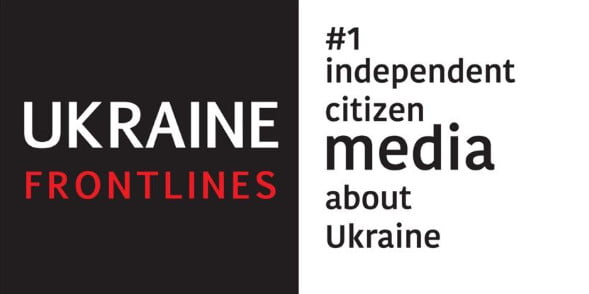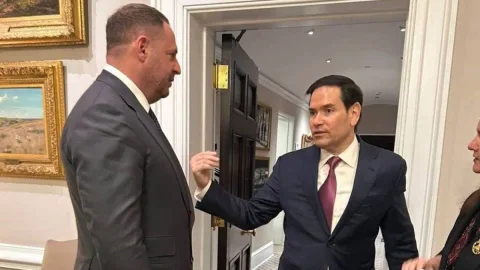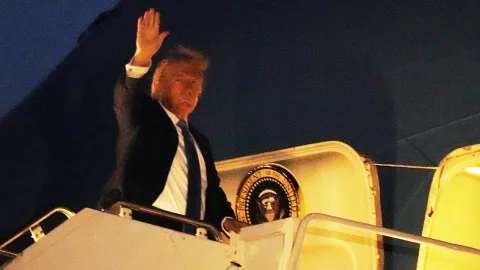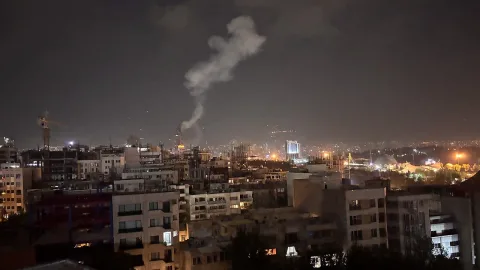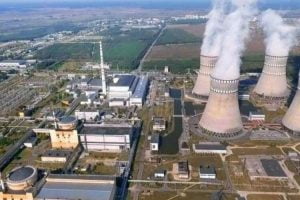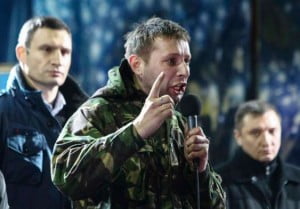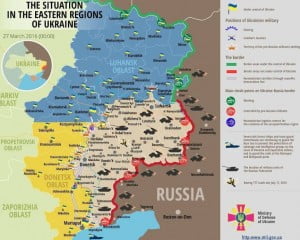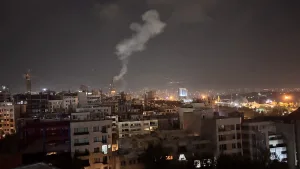By and large, the withdrawal of the Russia’s troop group from the right-bank bridgehead on the Dnipro, for the most part, is an organizational issue rather than a military one for the Russians.
After all, it is obvious that, unlike the events in the Kharkiv region, it does not occur as a result of a breakthrough and defeat of the enemy’s defense system, but as a result of the appropriate management decision being made by its command. However, it is worth noting that in the event of a failure in “organizational issues”, the military consequences of this for the Russians will not be delayed almost instantly…
Russians decided to publicly demonstrate the process of “making a difficult decision”under television cameras for the first time during this war. It is a consequence of their taking into account the lessons of their past retreat near Kyiv, Chernihiv and Sumy, when this fact was perceived in information space as a rout. It was precisely to avoid this that ShoigA and the Russian general nicknamed Armageddon were forced to play a small skit under the soffits under the common name – the headquarters makes a “difficult decision”. The reaction to this performance of the leading “operators” of the information and power bloc of the Kremlin, the ranks of Prigozhin, Kadyrov and “official” Kremlin propagandists, in fact, only confirms it.
At the same time, they very carefully “forgot”, and in the future they are unlikely to be able to answer the completely logical question that arises, in this case, for the average Russian “vatnik” – what led to the need to make such a decision? Why was it suddenly necessary to “leave part of the Russian territory” to the death of Bandera and Ukrainian Nazis….?
However, let’s get back to issues of the Kremlin’s informational support of its next “difficult decision” to issues of a purely military nature. In this regard, I would like to draw your attention, dear readers, to several important nuances directly related to the hypothetical (that’s right, hypothetical) withdrawal of Russian troops from the Kherson-Beryslav bridgehead.
It is obvious that the staged SUCCESSFUL withdrawal of the main part of the forces and means of your troops from the position of direct confrontation with the enemy is possible ONLY under the condition of SEPARATION of them from this confrontation. Because, otherwise, you will find yourself in the most inconvenient position – the collapse of your battle formations and the retreat itself will take place under the massive fire influence of the enemy, and it itself “will be on your shoulders”, continuing to beat you mercilessly, because as soon as it discovers your departure, it will immediately begin its advance … Such a careless departure usually ends in a total defeat. Both our and their command understand this…
Further… in order to avoid this kind of events, the party that decided on an “organized and purposeful” departure usually organizes the implementation of a whole set of appropriate measures – from the creation of voluminous cost centers, to the disruption of communications and thorough masking and the implementation of appropriate disinformation campaigns to HIDE the time (point of onset), direction and extent of this retreat…
In addition, if for one reason or another you decided to withdraw, especially in a situation where you have a direct confrontation with the enemy, you will have to do one more thing anyway – conduct rearguard battles. The meaning of this type of warfare is that you are forced to single out a certain part of your forces and resources in order for them to hold back the advance of the enemy’s units with a stubborn and persistent defense at the front positions, who, discovering your attempt to withdraw with the main forces, will immediately demand your persecution And in this way, they made it possible for the main forces and means to withdraw to a certain distance without the direct influence of the enemy…
This is if the content of this term is depicted extremely simply and schematically. Because in reality, in the modern war, all this is implemented much more complicated and difficult – appropriate support lanes are created, the “rolling” method of movement is implemented, etc., we will not go into tactical details now. I hope you understand the general meaning – conducting a retreat with minimal losses and negative consequences is a EXTREMELY DIFFICULT type of maneuver, which a priori puts you in a VERY VULNERABLE position.
Now let’s try specifically to the situation on the bridgehead, to assess the enemy’s ability to carry out more or less successfully (that is, with minimal losses) this kind of operational-tactical maneuver with his own forces and means, and try to understand the content of his corresponding plan (I hope you have no doubt that the Russian generals, is there an appropriate plan on this account?).
At the same time, we must take into account the methodology by which the Russian command usually makes any plans and decisions. They separately evaluate the factors that complicate the implementation of the plan and the factors that contribute to its successful implementation. Then, establish the level of their interrelationship and interaction, evaluate their own REAL capabilities and the capabilities of the enemy (i.e. the Armed Forces of Ukraine) in relation to the implementation of the plan and only then come to final conclusions and form a concrete decision, formalizing it in a combat order (i.e. determine who, how, where, at what moment, with what forces and means, and most importantly – what exactly should be done to achieve the set goals).
In this sense, the performance that was shown to us yesterday by Putin’s ShoigA and a bald ass with a military and criminal background (Curovikin)… has a very distant relation to reality.
What in fact.
– It is obvious that the ability of the Armed Forces to influence almost all communications and supply routes of the Russian group (including bridge crossings on the Dnieper and crossings there) significantly complicates this maneuver for the enemy.
– The presence of large settlements in the nearest tactical rear of the enemy, such as Kherson and a number of other sufficiently large villages and towns, makes it easier for the enemy to implement the methodology of phased withdrawal (facilitates the organization of an appropriate system of strongholds and defense areas and holding them for the time required by the enemy).
– The enemy had the opportunity to determine the moment of his withdrawal and, accordingly, to carry out a cycle of preparatory measures in advance, including the organization and creation of a new defense system on the left bank of the Dnieper and the diversion of the main mass of his long-range weapons (artillery) to new, more convenient positions for maneuvering.
– Still having the enemy’s air superiority also makes it easier for him to retreat. And the ability to constantly build up its air defense system in this operational direction makes it difficult for the Armed Forces of Ukraine to use their appropriate means of attack.
– Topographic features of this area (the presence of the Ingulets River, which essentially “cuts” the Russian group in half, forcing its command to organize a separate withdrawal for each of the “parts”, the presence of a significant number of irrigation facilities, large open areas of the area, etc.).
– The advantage of the Armed Forces of Ukraine in long-range and high-precision means of destruction is also reflected in the content and meaning of the HYPOTHETICAL plan for the withdrawal of Russian troops from the right-bank bridgehead.
And so on… these factors can be listed for a long time.
But returning to the main reasons that push the Russian military command to, let’s say, “change the format of its presence on the right-bank bridgehead”, it is worth noting that there are only two of them, in particular:
– In order to hold the bridgehead over the area that existed before yesterday’s performance by Shoigu, in fact, the Russians had quite enough troops (forces and means). They do not have enough opportunities to PROVIDE them fully for defense.
– Well… “winter is near”… which will probably only COMPLICATE this situation.
In this sense, there are only two solutions…
1. Reduce the area (respectively, the amount of forces and means) that must be kept… to acceptable (that is, corresponding to your real capabilities).
2. Or, in general, to leave the entire bridgehead and get rid of the “headache” due to the desire-need to keep it
In my strange opinion, given all the above, to date, SO FAR, on the right-bank bridgehead we are dealing with a REDUCTION of its total area (for the purpose of “optimization”).
Konstantin Mashovets
Tags: kherson russia ukraine war